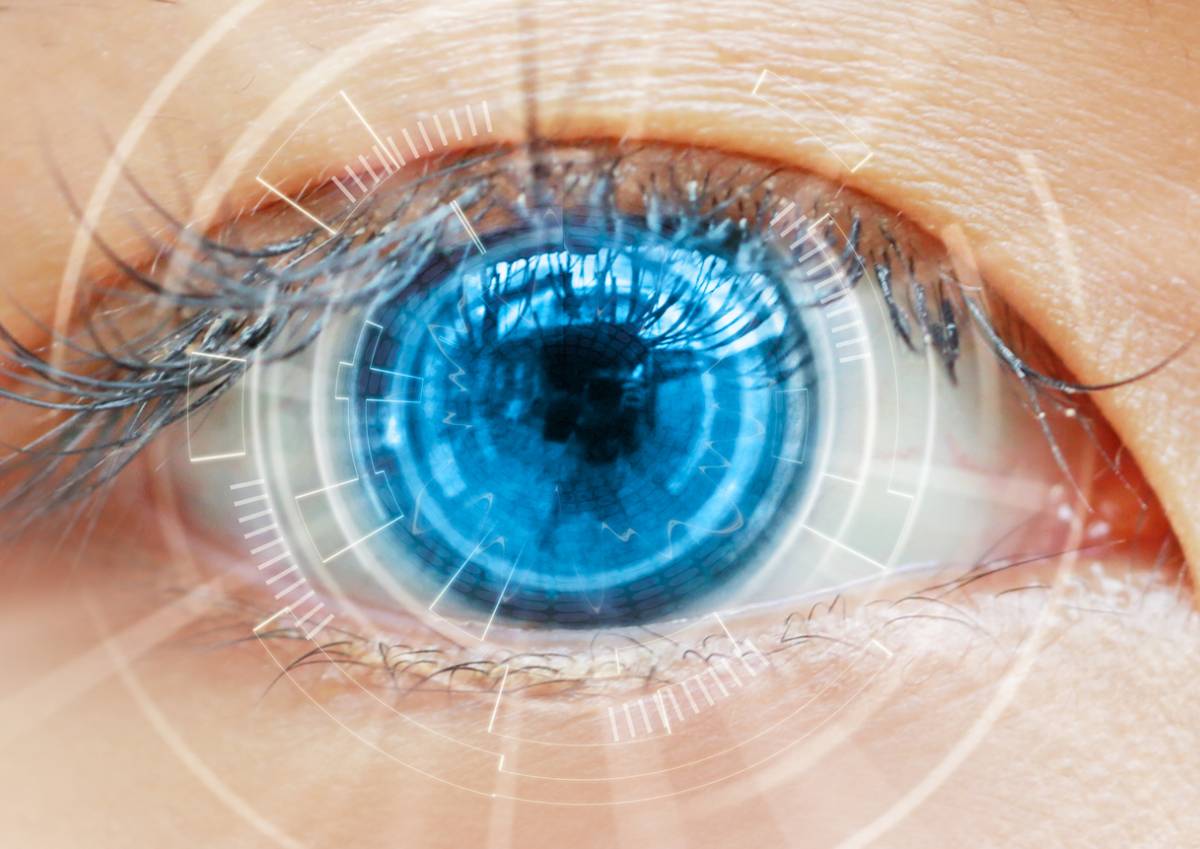Corrective eye surgeries have been experimented with since the mid-20th century. However, laser-assisted surgeries are a relatively new phenomenon. In order to accurately track the history of Lasik itself, we will focus on the evolution of laser-assisted eye surgeries and the improvements that have occurred in the last 30+ years.
How Lasik Has Improved Over Time
The Early Days
The precursor to modern Lasik surgery was originally patented in 1989 by Dr. Gholam A. Peyman. This patent was surrounded on either side by successful experiments with other forms of laser-assisted eye surgery. However, it took another ten years for the FDA to finally approve Lasik for the general population.
Instant Success
Lasik gained tremendous popularity, even in its earliest days. It was and is the only treatment that offers instant improvement with the possibility of removing the need for corrective lenses.
Early Lasik was associated with a number of side effects, but these were considered mild in comparison to the inconvenience of using corrective lenses for the rest of your life. As a result of the efficacy of the procedure and relatively mild side effects, Lasik quickly became one of the most popular elective procedures across the globe.
Specific Advances
Over the last three decades, Lasik has gone through a series of minor changes that make the procedure safer with fewer side effects. It is still impossible to promise a lifetime of perfect vision, but we are getting closer.
These are some of the most important changes the procedure has undergone.
Precision Flaps
Automated microkeratomes were the first major improvement in the Lasik procedure. The assistive technology made reliable and precise flaps much easier to achieve, resulting in fewer complications and better results.
Since then, the technology has been further improved upon. The femtosecond laser is even more precise. The increased precision and reliability of modern Lasik technology means that your Orange County Lasik surgery is going to give you better results with fewer risks.
Thinner Flaps
Thinner flaps are also a feature of updated laser technologies. The femtosecond laser was able to make flaps so thin that they are mechanically indistinguishable.
Of course, that means that your eye surgeon has to be at the top of their game, but it gives them the ability to do their job with as little disruption as possible.
Wavefront Custom Correction
Wavefront custom correction was a technology approved by the FDA in 2002. It was the first Lasik technology that offered customized ablation to address asymmetry. With the addition of this technology, the risk of halos, starbursts, and glare dropped dramatically.
It took the United States a little longer to get on board, but a wider variety of custom Lasik procedures has since been approved. In combination with improved laser technology, Lasik customization provides the best Lasik experience so far.
The Popularity of Lasik
Since the beginning, Lasik has been popular. Long-term studies show that patients are remarkably satisfied with their results, and the procedure shows an overall patient satisfaction rating of more than 95%.
Given the increasingly customizable technology, we can fairly expect patient satisfaction and long-term results to improve with the technology. However, that doesn’t mean you should expect perfect vision for the rest of your life.
Getting Lasik Today
To get a realistic idea of what you can expect based on your eyes, discuss the particulars with your eye surgeon before you commit to having the procedure done. If your eye surgeon has particular concerns regarding your eyes, then feel free to ask them about iDesign Lasik in Orange County.
This approach uses modern wavefront technology to get precise measurements for the most customized Lasik experience yet.

